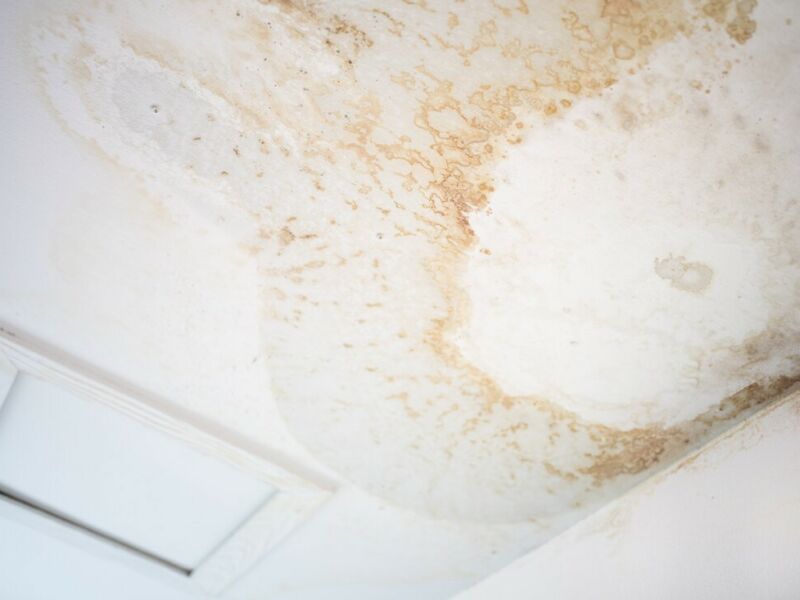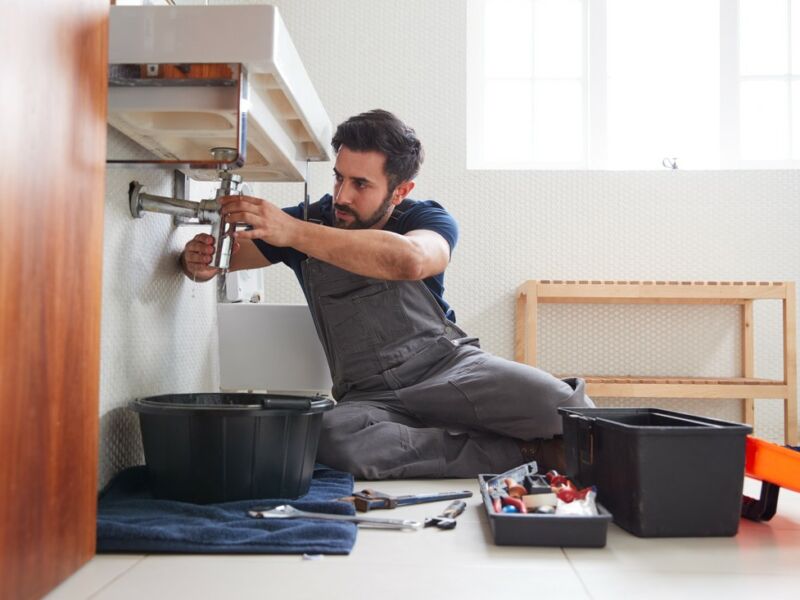
Introduction
Water damage can be a significant problem when it comes to electronics. Whether it’s due to a spilled drink, a leaky roof, or a flooded basement, water can cause irreversible damage to electronic devices. In this article, we will discuss what you should do when your devices get wet to minimize the damage and potentially save them.
Importance of Acting Quickly
When it comes to water damage in electronics, time is of the essence. The longer your devices are exposed to water, the higher the likelihood of permanent damage. Acting quickly can help prevent further damage and increase the chances of successful restoration.
Unplug the Device
The first step when dealing with water damage in electronics is to immediately unplug the device from any power source. This will help prevent any additional electrical damage and reduce the risk of electrical shock.

Remove External Accessories
If your device has any external accessories such as cases, covers, or batteries, remove them. This will allow the device to dry more effectively and prevent any potential damage caused by trapped moisture.
Do Not Use Heat or Direct Sunlight
While it may be tempting to use heat or place the device in direct sunlight to speed up the drying process, this can actually cause more harm than good. Excessive heat can damage sensitive components, so it’s best to let the device air dry at room temperature.
Drying Methods
There are several methods you can use to dry out your wet electronic devices. The method you choose will depend on the type of device and the severity of the water damage.
Absorbent Materials
One simple and effective method is to use absorbent materials such as towels, paper towels, or even rice. Place the device on a towel and gently pat it dry. You can also place the device in a bag of uncooked rice, which will help absorb the moisture. Keep in mind that this method may take several days to complete.
Silica Gel Packets
Silica gel packets, which are commonly found in shoe boxes or bags, can also help in drying out electronics. Place the wet device in a sealed bag with a few packets of silica gel. These packets are designed to absorb moisture and can help speed up the drying process.

Using a Hairdryer
If the water damage is minimal and you’re confident in your ability to handle electronics safely, you can use a hairdryer on a low-temperature setting to gently dry the device. Keep the hairdryer at a safe distance and avoid using high heat, as this can potentially damage the device.
When to Seek Professional Help
In some cases, water damage may be severe or involve internal components that require professional intervention. If you’re unsure about handling the device yourself or if the damage is extensive, it’s best to seek the assistance of a professional water damage restoration service, such as JGW Group Water Damage Restoration Las Vegas. They have the expertise and equipment to safely assess and restore your electronic devices.
Conclusion
Water damage in electronics can be a stressful situation, but taking the right steps can help minimize the damage and potentially save your devices. Remember to act quickly, unplug the device, and use appropriate drying methods. If in doubt, seek professional help to ensure the best chance of successful restoration.
What should I do if my electronic device gets wet?
Can I use a hairdryer to dry my wet electronic device?
Important Facts and Statistics about Water Damage, Water Restoration, and Flood Cleanup
- Homes are at risk of flooding. – In the United States, approximately 14,000 people experience water damage each year.
- Minor leaks and drips can waste over 90 gallons of water each day. Fixing these drips can result in an average of 10% savings on your water bill.
- Over one trillion gallons of water leak from homes in the United States every year.
- Approximately 1.6% of homes nationwide will experience water damage in any given year.
For more information about water damage restoration, you can visit the following links:



